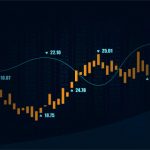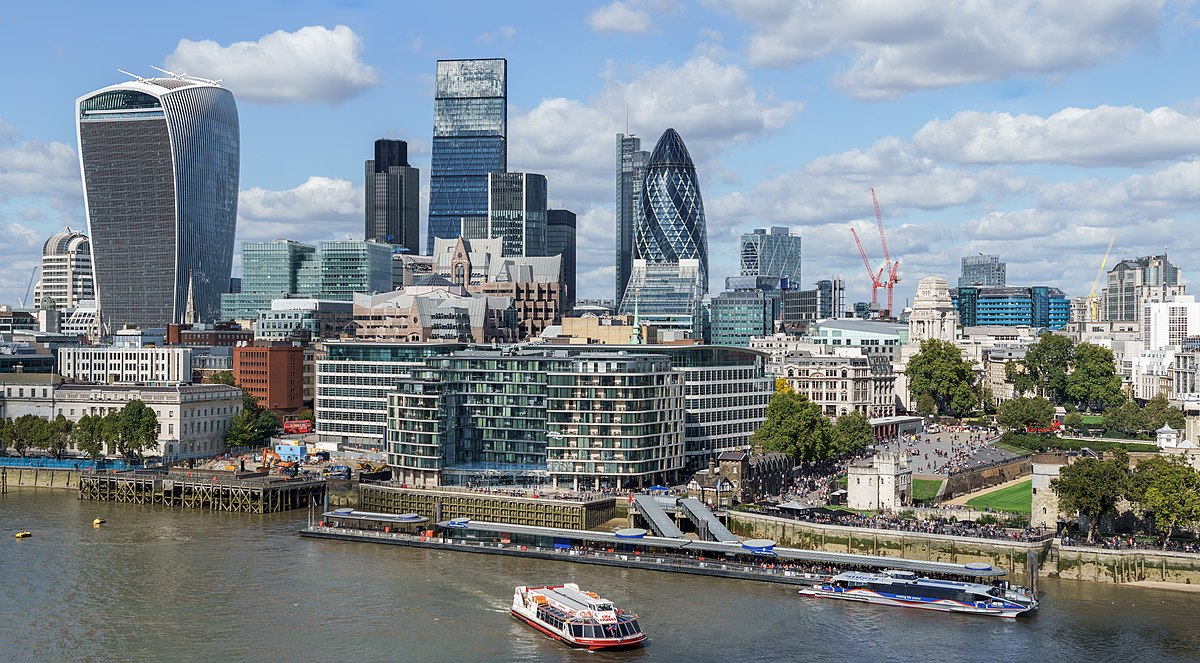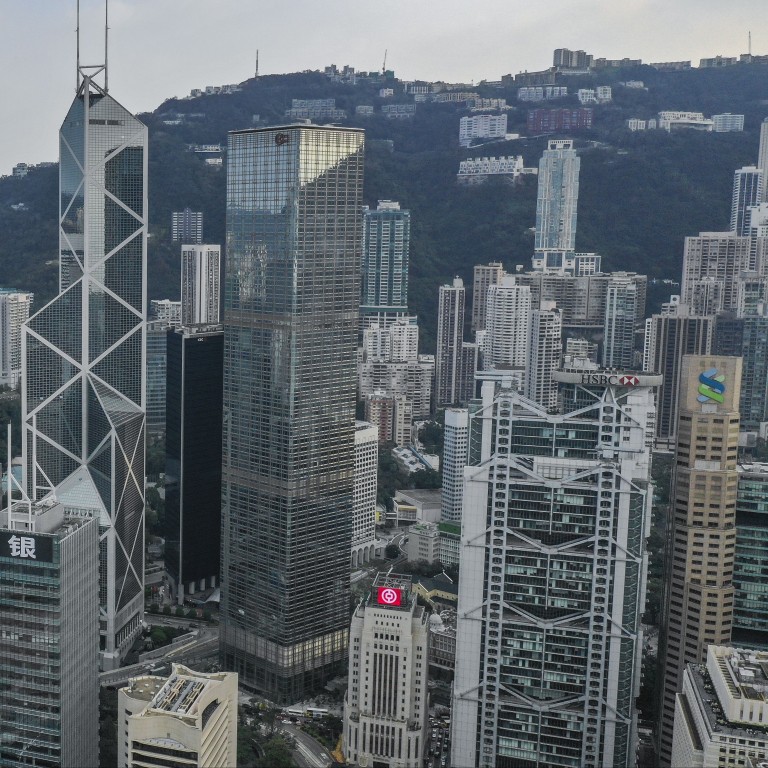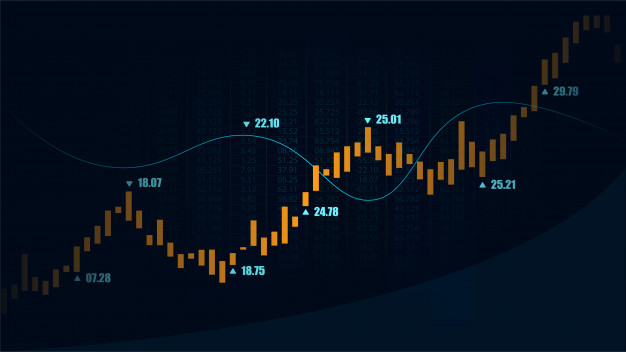(VIANEWS) – The Carlyle Group (CG), Cracker Barrel Old Country Store (CBRL), First Financial Bankshares (FFIN) are the highest payout ratio stocks on this list.
Here’s the data we’ve collected of stocks with a high payout ratio as yet. The payout ratio in itself isn’t a guarantee of a future good investment but it’s an indicator of whether dividends are being paid and how the company chooses to distribute them.
When researching a potential investment, the dividend payout ratio is a good statistic to know so here is a list of some companies with an above 30% payout ratio.
1. The Carlyle Group (CG)
232.76% Payout Ratio
The Carlyle Group Inc. is an investment firm specializing in direct and fund of fund investments. Within direct investments, it specializes in management-led/ Leveraged buyouts, privatizations, divestitures, strategic minority equity investments, structured credit, global distressed and corporate opportunities, small and middle market, equity private placements, consolidations and buildups, senior debt, mezzanine and leveraged finance, and venture and growth capital financings, seed/startup, early venture, emerging growth, turnaround, mid venture, late venture, PIPES. The firm invests across four segments which include Corporate Private Equity, Real Assets, Global Market Strategies, and Solutions. The firm typically invests in industrial, agribusiness, ecological sector, fintech, airports, parking, Plastics, Rubber, diversified natural resources, minerals, farming, aerospace, defense, automotive, consumer, retail, industrial, infrastructure, energy, power, healthcare, software, software enabled services, semiconductors, communications infrastructure, financial technology, utilities, gaming, systems and related supply chain, electronic systems, systems, oil and gas, processing facilities, power generation assets, technology, systems, real estate, financial services, transportation, business services, telecommunications, media, and logistics sectors. Within the industrial sector, the firm invests in manufacturing, building products, packaging, chemicals, metals and mining, forestry and paper products, and industrial consumables and services. In consumer and retail sectors, it invests in food and beverage, retail, restaurants, consumer products, domestic consumption, consumer services, personal care products, direct marketing, and education. Within aerospace, defense, business services, and government services sectors, it seeks to invest in defense electronics, manufacturing and services, government contracting and services, information technology, distribution companies. In telecommunication and media sectors, it invests in cable TV, directories, publishing, entertainment and content delivery services, wireless infrastructure/services, fixed line networks, satellite services, broadband and Internet, and infrastructure. Within real estate, the firm invests in office, hotel, industrial, retail, for sale residential, student housing, hospitality, multifamily residential, homebuilding and building products, and senior living sectors. The firm seeks to make investments in growing business including those with overleveraged balance sheets. The firm seeks to hold its investments for four to six years. In the healthcare sector, it invests in healthcare services, outsourcing services, companies running clinical trials for pharmaceutical companies, managed care, pharmaceuticals, pharmaceutical related services, healthcare IT, medical, products, and devices. It seeks to invest in companies based in Sub-Saharan focusing on Ghana, Kenya, Mozambique, Botswana, Nigeria, Uganda, West Africa, North Africa and South Africa focusing on Tanzania and Zambia; Asia focusing on Pakistan, India, South East Asia, Indonesia, Philippines, Vietnam, Korea, and Japan; Australia; New Zealand; Europe focusing on France, Italy, Denmark, United Kingdom, Germany, Austria, Belgium, Finland, Iceland, Ireland, Netherlands, Norway, Portugal, Spain, Benelux , Sweden, Switzerland, Hungary, Poland, and Russia; Middle East focusing on Bahrain, Jordan, Kuwait, Lebanon, Oman, Qatar, Saudi Arabia, Turkey, and UAE; North America focusing on United States which further invest in Southeastern United States, Texas, Boston, San Francisco Bay Area and Pacific Northwest; Asia Pacific; Soviet Union, Central-Eastern Europe, and Israel; Nordic region; and South America focusing on Mexico, Argentina, Brazil, Chile, and Peru. The firm seeks to invest in food, financial, and healthcare industries in Western China. In the real estate sector, the firm seeks to invest in various locations across Europe focusing on France and Central Europe, United States, Asia focusing on China, and Latin America. It typically invests between $1 million and $50 million for venture investments and between $50 million and $2 billion for buyouts in companies with enterprise value of between $31.57 million and $1000 million and sales value of $10 million and $500 million. It seeks to invest in companies with market capitalization greater than $50 million and EBITDA between $5 million to $25 million. It prefers to take a majority or a minority stake. While investing in Japan, it does not invest in companies with more than 1,000 employees and prefers companies' worth between $100 million and $150 million. The firm originates, structures, and acts as lead equity investor in the transactions. The Carlyle Group Inc. was founded in 1987 and is based in Washington, District of Columbia with additional offices in 21 countries across 5 continents (North America, South America, Asia, Australia and Europe).
Earnings Per Share
As for profitability, The Carlyle Group has a trailing twelve months EPS of $0.58.
PE Ratio
The Carlyle Group has a trailing twelve months price to earnings ratio of 77.26. Meaning, the purchaser of the share is investing $77.26 for every dollar of annual earnings.
The company’s return on equity, which measures the profitability of a business relative to shareholder’s equity, for the twelve trailing months is 5.05%.
2. Cracker Barrel Old Country Store (CBRL)
132.32% Payout Ratio
Cracker Barrel Old Country Store, Inc. develops and operates the Cracker Barrel Old Country Store concept in the United States. The company's Cracker Barrel stores consist of a restaurant with a gift shop. Its restaurants serve breakfast, lunch, and dinner, as well as dine-in, pick-up, and delivery services. The company's gift shops comprise various decorative and functional items, such as rocking chairs, seasonal gifts, apparel, toys, cookware, and various other gift items, as well as various candies, preserves, and other food items. As of September 14, 2022, it operated 664 Cracker Barrel stores in 45 states. The company was incorporated in 1969 and is headquartered in Lebanon, Tennessee.
Earnings Per Share
As for profitability, Cracker Barrel Old Country Store has a trailing twelve months EPS of $3.93.
PE Ratio
Cracker Barrel Old Country Store has a trailing twelve months price to earnings ratio of 19.5. Meaning, the purchaser of the share is investing $19.5 for every dollar of annual earnings.
The company’s return on equity, which measures the profitability of a business relative to shareholder’s equity, for the twelve trailing months is 18.44%.
Dividend Yield
As maintained by Morningstar, Inc., the next dividend payment is on Jan 17, 2024, the estimated forward annual dividend rate is 5.2 and the estimated forward annual dividend yield is 6.78%.
Volume
Today’s last reported volume for Cracker Barrel Old Country Store is 512157 which is 10.66% below its average volume of 573275.
3. First Financial Bankshares (FFIN)
51.08% Payout Ratio
First Financial Bankshares, Inc., through its subsidiaries, provides commercial banking products and services in Texas. The company accepts checking, savings and money market accounts, and time deposits; commercial and industrial, municipal, agricultural, construction and development, farm, non-owner occupied and owner-occupied commercial real estate, residential, and consumer auto and non-auto loans to businesses, professional individuals, and farm and ranch operations. It also provides drive-in and night deposit, remote deposit capture, internet and mobile banking, payroll cards, transmitting funds, and other customary commercial banking services, as well as automated teller machines and safe deposit facilities. In addition, the company offers personal trust services, including wealth management, administration of estates, testamentary trusts, revocable and irrevocable trusts, and agency accounts; and securities brokerage services, as well as administer retirements and employee benefits accounts, such as 401(k) profit-sharing plans and IRAs. Further, the company provides asset management and technology services. As of December 31, 2021, it had 78 financial centers across Texas. First Financial Bankshares, Inc. was founded in 1890 and is headquartered in Abilene, Texas.
Earnings Per Share
As for profitability, First Financial Bankshares has a trailing twelve months EPS of $1.39.
PE Ratio
First Financial Bankshares has a trailing twelve months price to earnings ratio of 23.77. Meaning, the purchaser of the share is investing $23.77 for every dollar of annual earnings.
The company’s return on equity, which measures the profitability of a business relative to shareholder’s equity, for the twelve trailing months is 14.39%.
Revenue Growth
Year-on-year quarterly revenue growth declined by 7%, now sitting on 481.18M for the twelve trailing months.
Volume
Today’s last reported volume for First Financial Bankshares is 591429 which is 15.67% above its average volume of 511296.
Moving Average
First Financial Bankshares’s value is way higher than its 50-day moving average of $28.83 and way above its 200-day moving average of $28.01.
Growth Estimates Quarters
The company’s growth estimates for the ongoing quarter and the next is a negative 8.1% and a negative 5.6%, respectively.
4. Credicorp Ltd. (BAP)
40.32% Payout Ratio
Credicorp Ltd., a financial services holding company, provides various financial, insurance, and health services and products primarily in Peru and internationally. The company's Universal Banking segment offers deposits and current accounts, and various credits and financial instruments to individuals and legal entities. Its Insurance and Pensions segment issues insurance policies to cover losses in commercial property, transportation, marine vessels, automobile, life, health, and pensions, as well as provides private pension fund management services. The company's Microfinance segment manages loans, credits, deposits, and current accounts of the small and microenterprises. Its Investment Banking and Wealth Management segment offers its services to corporations, institutional investors, governments, and foundations; engages in structuring and placement of issues in the primary market, as well as the execution and negotiation of operations in the secondary market; and structures securitization processes for corporate customers and manages mutual funds. The company was founded in 1889 and is headquartered in Lima, Peru.
Earnings Per Share
As for profitability, Credicorp Ltd. has a trailing twelve months EPS of $15.99.
PE Ratio
Credicorp Ltd. has a trailing twelve months price to earnings ratio of 9.65. Meaning, the purchaser of the share is investing $9.65 for every dollar of annual earnings.
The company’s return on equity, which measures the profitability of a business relative to shareholder’s equity, for the twelve trailing months is 17.21%.
Volume
Today’s last reported volume for Credicorp Ltd. is 411732 which is 46.12% above its average volume of 281775.
Yearly Top and Bottom Value
Credicorp Ltd.’s stock is valued at $154.28 at 19:23 EST, below its 52-week high of $160.15 and way above its 52-week low of $116.42.
1. 1 (1)
1% Payout Ratio
1
Earnings Per Share
As for profitability, 1 has a trailing twelve months EPS of $1.
PE Ratio
1 has a trailing twelve months price to earnings ratio of 1. Meaning, the purchaser of the share is investing $1 for every dollar of annual earnings.
The company’s return on equity, which measures the profitability of a business relative to shareholder’s equity, for the twelve trailing months is 1%.
Stock Price Classification
According to the stochastic oscillator, a useful indicator of overbought and oversold conditions, 1’s stock is considered to be overbought (>=80).
Growth Estimates Quarters
The company’s growth estimates for the current quarter and the next is 1% and 1%, respectively.
Dividend Yield
As claimed by Morningstar, Inc., the next dividend payment is on Jan 1, 1970, the estimated forward annual dividend rate is 1 and the estimated forward annual dividend yield is 1%.









